Deck & Commander Strategies
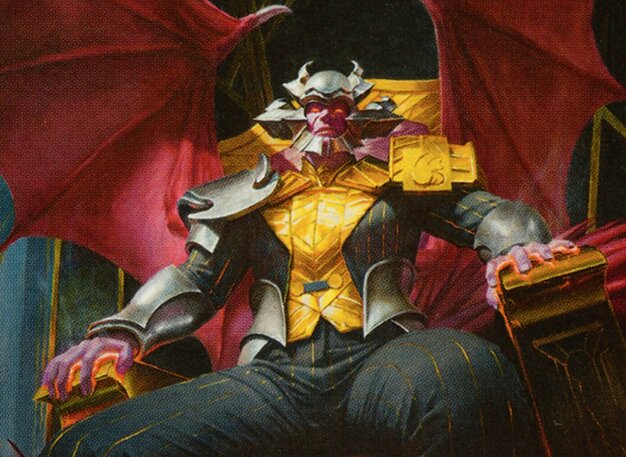
Ob Nixilis, Captive Kingpin
Utilizes fast mana and recursion spells to quickly assemble combos and control the board, aiming to win by overwhelming opponents with repeated value and disruption.
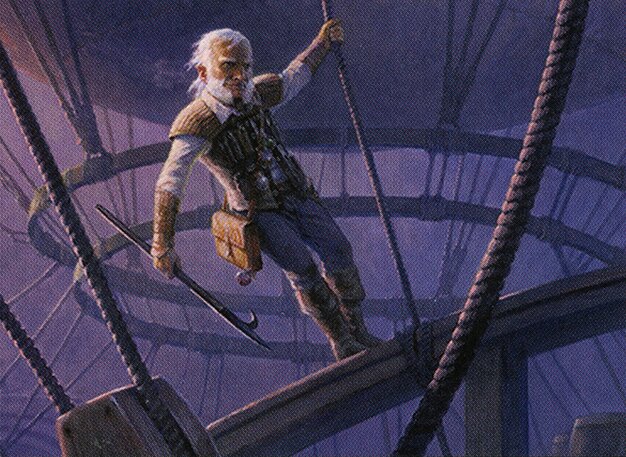
Oswald Fiddlebender
Focuses on artifact synergy and recursion to generate value and combo pieces, leveraging efficient tutors and mana acceleration to establish early dominance.
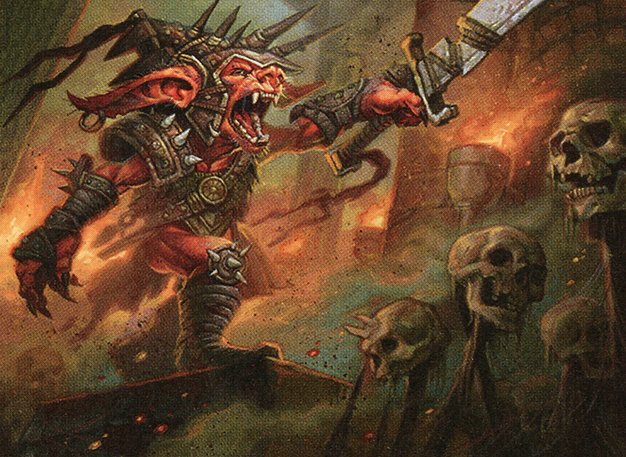
Rograkh, Son of Rohgahh
Aggressive combat-focused strategy that uses quick mana sources and disruption to pressure opponents early and close out the game swiftly.
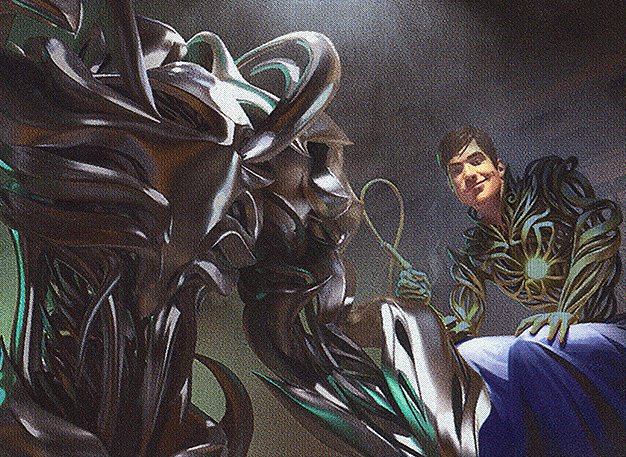
Silas Renn, Seeker Adept
Artifact-centric deck that leverages recursion and synergy to maintain board presence and piece together combos through artifact interactions.
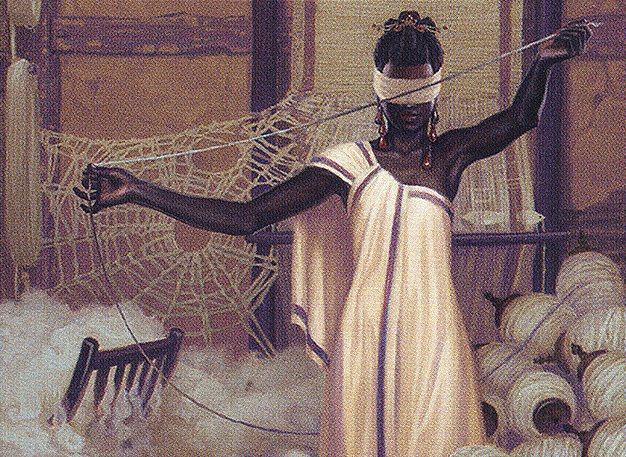
Tymna the Weaver
Combines card draw from combat damage with efficient creatures and disruption to control the pace and assemble winning combos quickly.
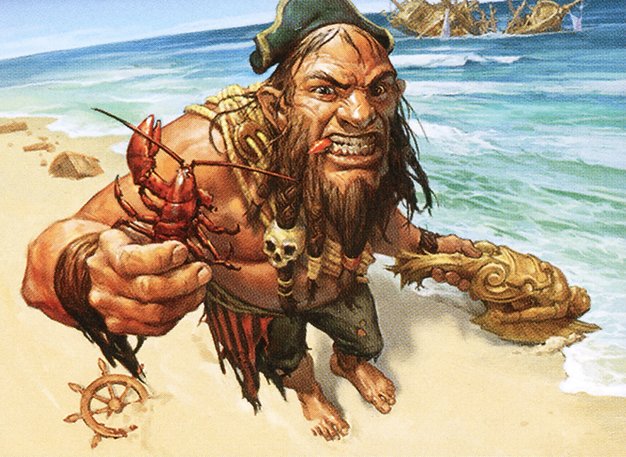
Dargo, the Shipwrecker
Focuses on aggressive creature-based strategies with disruption elements, using fast mana to apply pressure and dismantle opponents' resources.
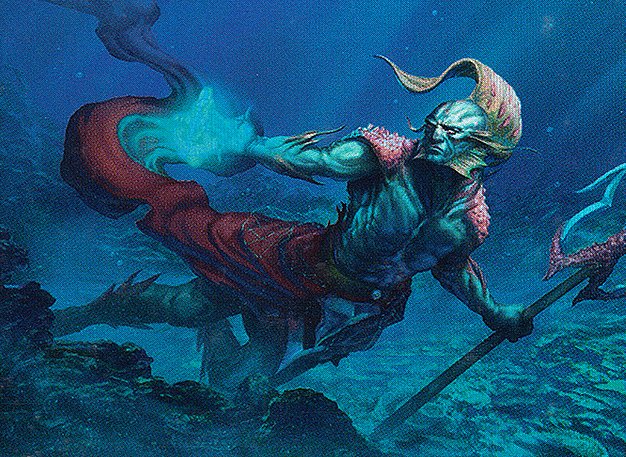
Thrasios, Triton Hero
A versatile commander that supports ramp and card advantage, aiming for a balanced approach to establish control and combo finishers.

Brallin, Skyshark Rider
Utilizes flying creatures combined with artifact and spell synergy to maintain board control and deliver fast damage through evasive threats.

Shabraz, the Skyshark
Aggressive, flying-based deck that capitalizes on quick and repeated attacks, aiming to close the game before opponents can stabilize.
Gameplay Insights
- 1
The player leveraging recursion via Underworld Breach and re-casting Wheel of Fortune twice in the first turn demonstrated how graveyard recursion can enable explosive combos in cEDH.
- 2
Despite a sequencing mistake, the player still managed a nearly unbeatable board state by turn two, highlighting the resilience and power of turbo cEDH decks.
- 3
Using Imperial Seal to tutor key pieces allowed rapid assembly of a winning combo, showing the value of efficient tutors in high-level play.
- 4
The interaction between players, including timely counters and discard spells, prevented immediate wins and forced more strategic sequencing and resource management.
- 5
The presence of multiple mana artifacts and fast mana enabled casting multiple spells per turn, which is critical for turbo cEDH strategies to function effectively.
- 6
Players demonstrated awareness of the graveyard as a resource, using spells like Narset and Snapcaster Mage to maintain card advantage and pressure.
Notable Cards
-
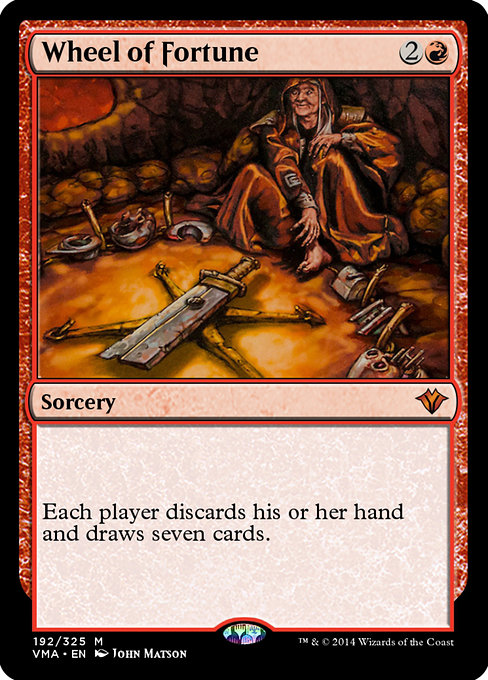
Wheel of Fortune
-

Underworld Breach
-
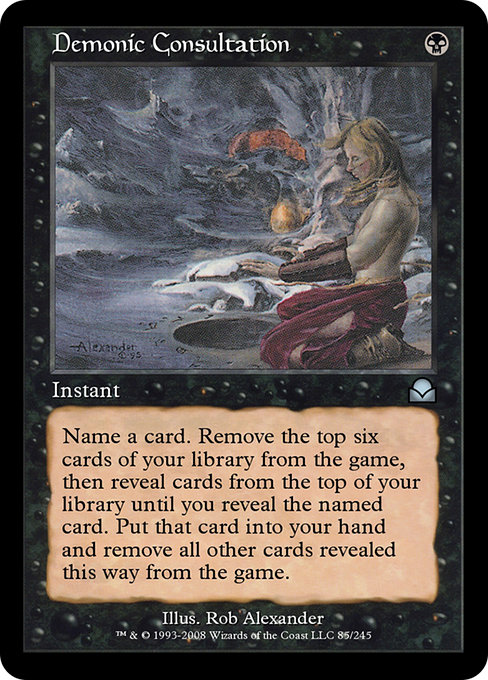
Demonic Consultation
-

Imperial Seal
-
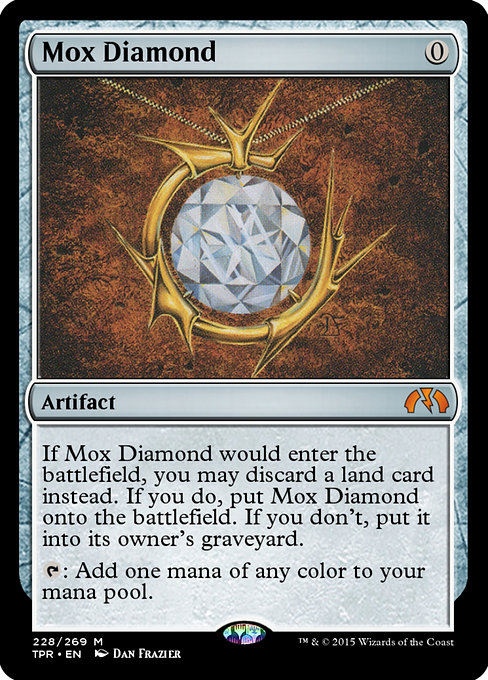
Mox Diamond
-
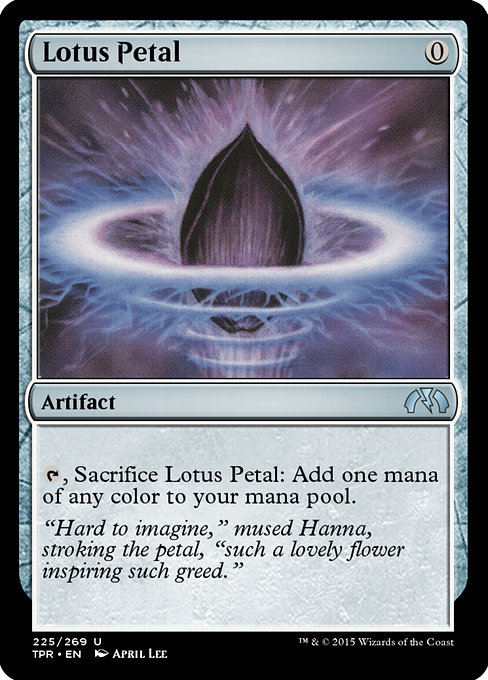
Lotus Petal
-
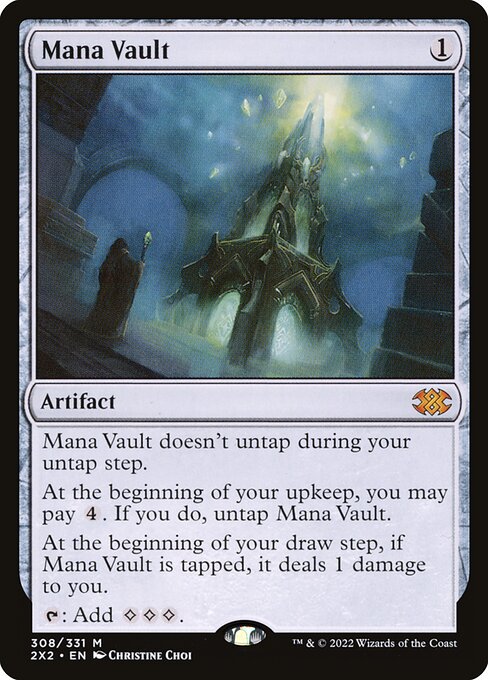
Mana Vault
-
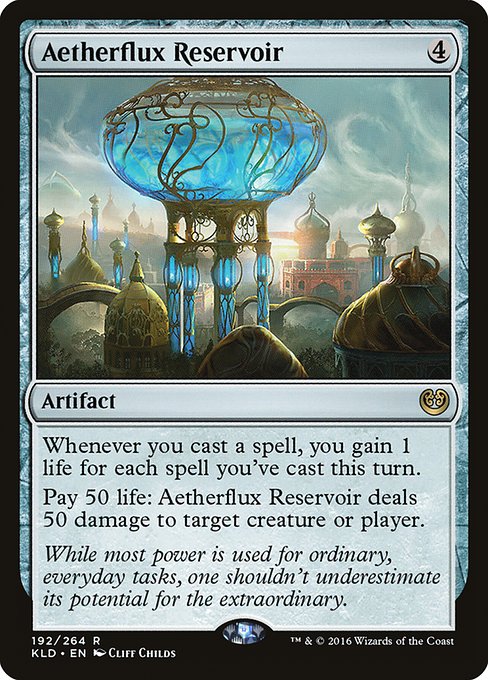
Aetherflux Reservoir
-

Arcane Signet
-
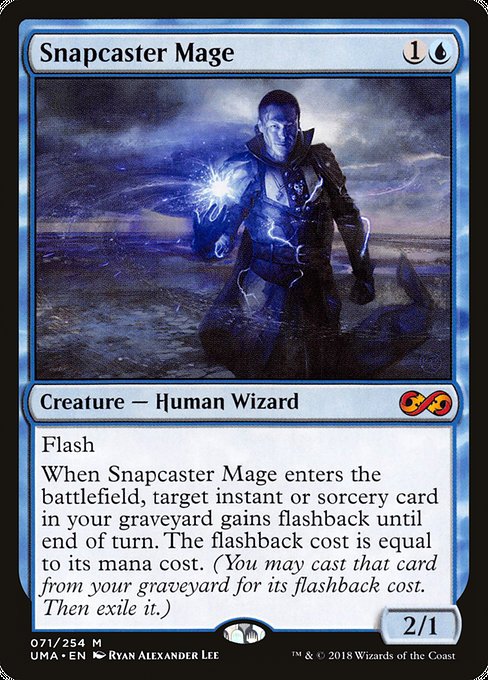
Snapcaster Mage
-

Mana Crypt
Gameplay Summary
The first game showcased an extremely rapid and explosive start, with one player executing a powerful turn one sequence involving multiple spells and recursion, including casting Wheel of Fortune effects and reanimating key pieces from the graveyard.
Despite a slight sequencing error, the player managed to assemble a winning combo by turn two, demonstrating the raw speed and efficiency of their deck.
Other players attempted to interact and disrupt, but the swift combo was too overwhelming to counter effectively.
The game highlighted the dominance of fast mana and recursion strategies in cEDH, with the winning player capitalizing on underworld breach and low-cost tutors. In the second game, the pace remained high with aggressive mana acceleration and early threats.
One player nearly pulled off a turn one win but was stopped by timely interaction from opponents.
This led to a tense game state with players casting efficient creatures and spells to gain incremental advantage.
The presence of powerful commanders like Rograkh and Tymna, combined with fast mana rocks and disruption, kept the gameplay dynamic.
Ultimately, the game displayed how even in turbo cEDH games, careful sequencing and interaction can prevent immediate losses and prolong the contest.














































